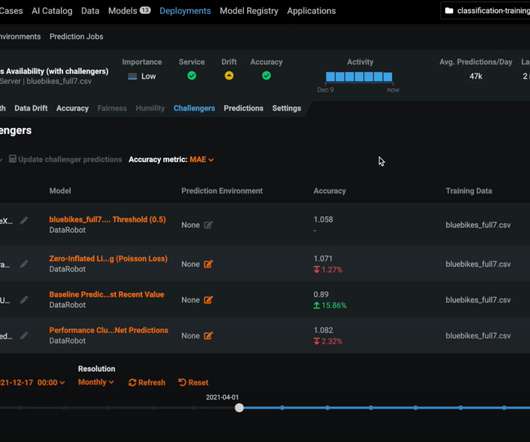10 top AWS resources on O’Reilly’s online learning platform
O'Reilly Media - Ideas
DECEMBER 21, 2018
AWS System Administration — Federico Lucifredi and Mike Ryan show developers and system administrators how to configure and manage AWS services, including EC2, CloudFormation, Elastic Load Balancing, S3, and Route 53. Continue reading 10 top AWS resources on O’Reilly’s online learning platform.
















Let's personalize your content